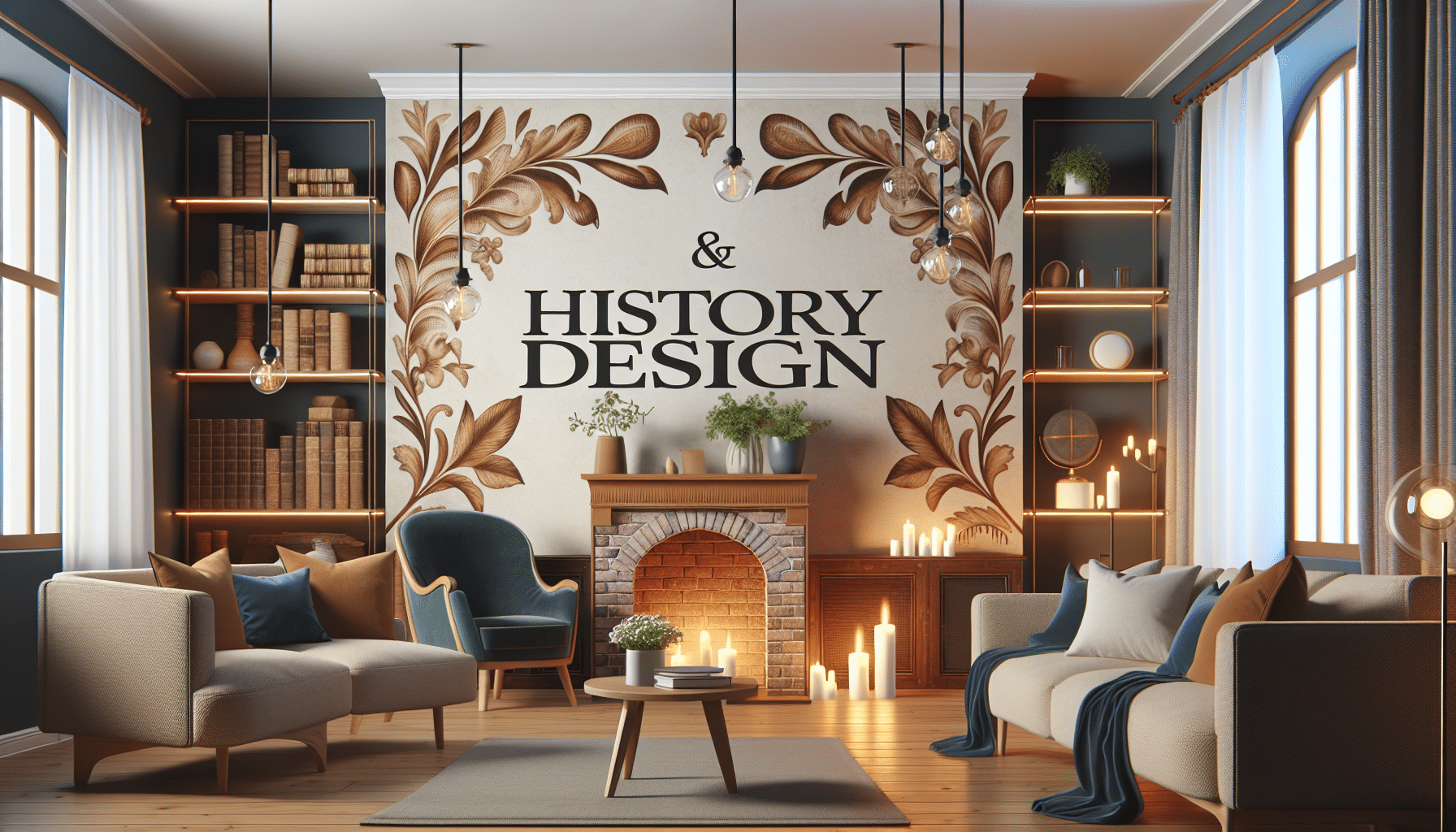Mirrors have held a prominent place in home décor throughout history, combining functionality and aesthetics in exceptional ways. From their origins in antiquity, where pieces of obsidian were used in Mesoamerica, to the modern designs that now adorn numerous stores, these objects reflect an evolution in both manufacturing technology and cultural and artistic trends.
During the time of the great civilizations, such as the Egyptian and Roman, polished metal mirrors became symbols of status, in addition to their practical use. The Renaissance was a crucial period in the history of mirrors, as Venice stood out as a center for the production of high-quality glass mirrors, which not only embellished homes, but also the magnificent palaces and cathedrals of the time, reflecting the ostentation of their era.
Today, the variety of mirror designs is impressive. From classic oval and rectangular mirrors with carved wooden frames, to innovative frameless mirrors in geometric shapes, the options are endless. Modern mirrors have transcended their reflective function to become artistic elements that add personality and character to different spaces. Designers are constantly innovating, using materials such as aged metals, acrylics, and mosaics, allowing for diverse styles that cater to current needs and tastes.
When integrating mirrors into the home, it is vital to consider their placement. Placing them in strategic locations, such as dark hallways or entryways, can increase brightness and create a sense of spaciousness in the environment. Additionally, mirrors provide depth to small spaces, making rooms feel more open and inviting.
The arrangement and quantity of mirrors also play a fundamental role in décor. Grouping mirrors of various shapes and sizes can result in a beautiful visual composition, while a large full-length mirror can serve as a central piece in a dressing room or bedroom. It’s about balancing the elements in the environment and choosing designs that harmonize with the color palette and overall style of the décor.
Finally, it is a mistake to think that mirrors must always be hung on the wall. Opting for floor or tabletop mirrors can bring an original and surprising touch to the home’s aesthetic. Thus, mirrors are established as more than mere decorative elements; they are design tools that, when used well, can transform a space, filling it with light, spaciousness, and warmth.
Referrer: MiMub in Spanish











